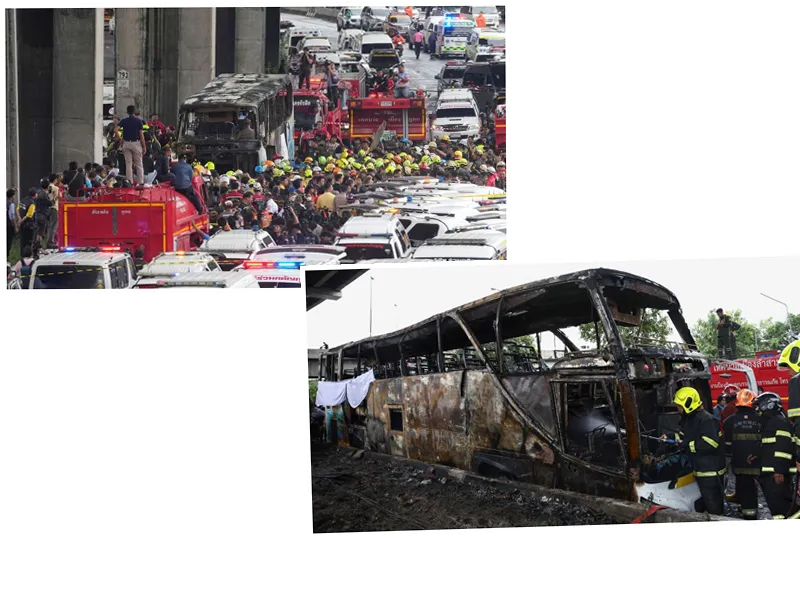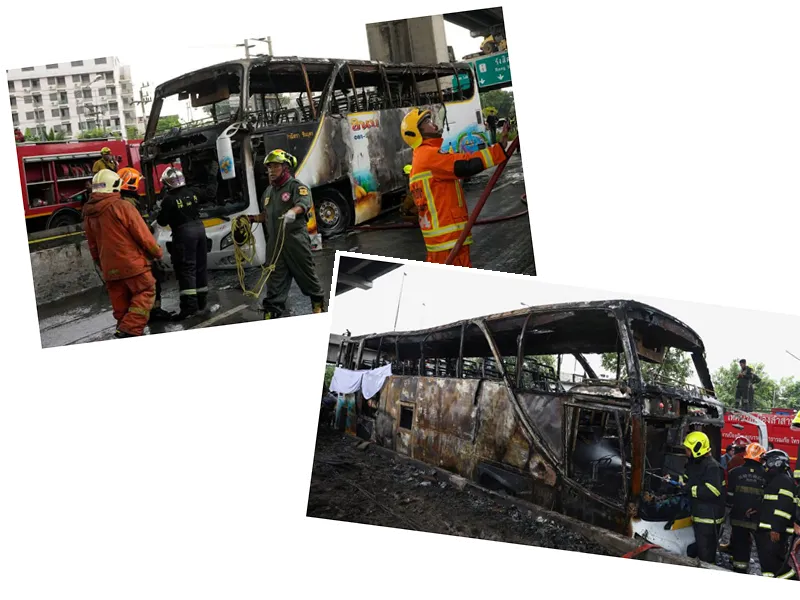Cathay Pacific A350 Incident: Engine Fire Linked to Fuel Hose Deterioration
In early September, a serious incident involving a Cathay Pacific Airbus A350 has raised significant safety concerns within the aviation industry. The European Union Aviation Safety Agency (EASA) reported that an engine fire on a Zurich-bound flight was linked to the deterioration of a fuel hose, which was compromised during cleaning operations at a maintenance workshop. This alarming situation led to the cancellation of numerous flights and prompted immediate inspections across the airline's fleet.
The incident occurred on September 2 when the aircraft, shortly after takeoff, experienced a fire warning for its number two engine. The crew promptly issued a mayday signal before managing to extinguish the fire within seconds. Investigators found a "visible hole" in the fuel pipe and observed "black soot" on the engine, indicating that fuel leakage may have ignited a fire that could have spread, causing catastrophic damage if not addressed quickly.
Experts noted that components on 15 of Cathay's 48 A350 aircraft, powered by Rolls-Royce engines, required replacement due to similar deterioration issues. The Hong Kong Air Accidents Investigation Authority (AAIA) revealed that five other fuel lines on the affected aircraft also showed signs of "frayed metal braided cables or damaged structures."
In response to the incident, EASA expanded its directive to include various engine models, mandating inspections within seven days for those that had undergone recent maintenance. This directive has prompted other airlines, including Qatar Airways and British Airways, to conduct similar checks on their A350 fleets, which utilize Rolls-Royce Trent XWB engines.
Rolls-Royce has reassured the public regarding the reliability of its Trent XWB-97 engines, emphasizing that they have accumulated over 20 million flight hours. However, the company acknowledged the need for ongoing inspections and cooperation with aviation authorities to ensure the continued airworthiness of its engines. The A350, which has been a significant player in long-haul aviation since its introduction, is now under scrutiny, with safety being a top priority for all operators.






